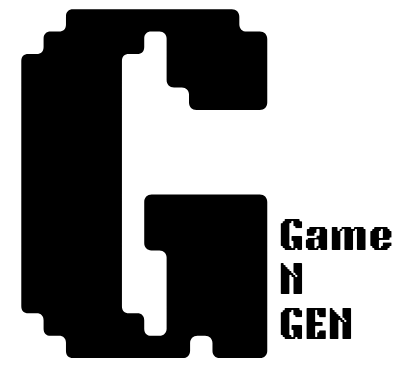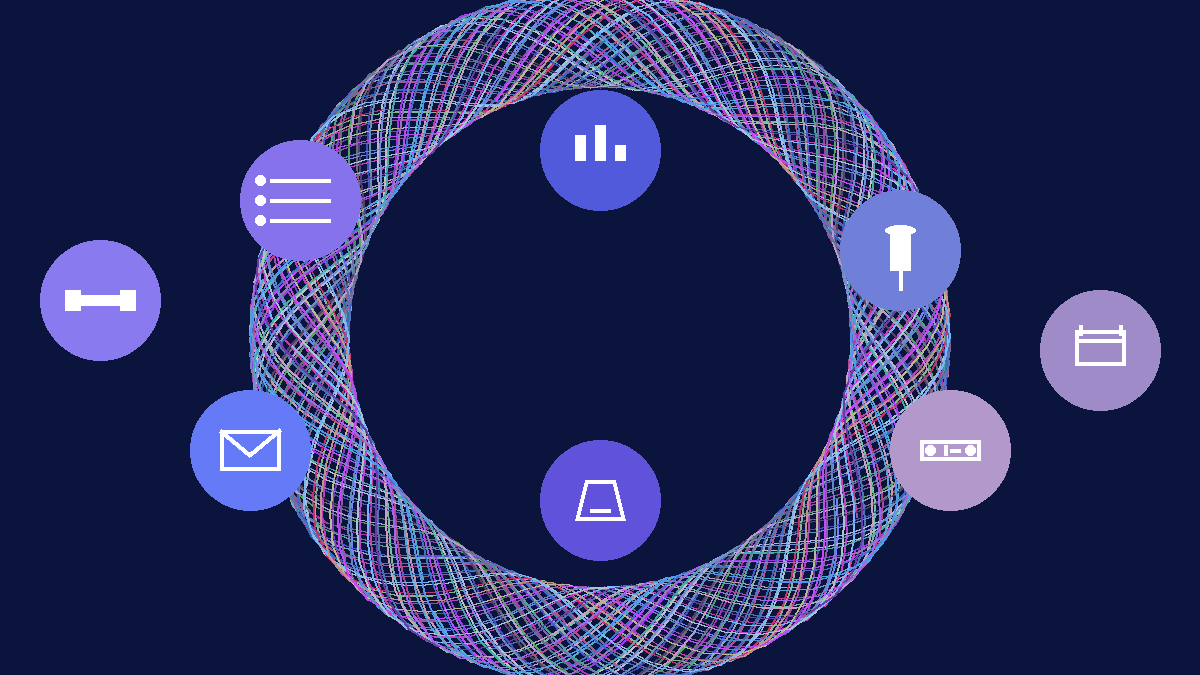Ready to build something amazing without writing a ton of boilerplate code? GitHub Spark makes it possible. Spark is an AI‑native micro‑application builder that takes your natural‑language description and turns it into a deployed web app in minutesbetterstack.com. It automatically handles hosting, data storage, authentication and large language model (LLM) inference for youthecreatorsai.com. You describe what you want, Spark writes the code, and one click later your app is live.
Why 2025 is a great time to build AI‑powered side projects
AI tools have matured rapidly. Spark combines the power of leading models like GPT‑4o and Claude Sonnet with GitHub’s secure runtime and repository integration. Because Spark manages the infrastructure and integrates with GitHub for authentication and hostingthecreatorsai.com, you can focus on solving real problems instead of debugging frameworks. The platform is especially well suited for lean projects: prototypes, personal tools, side hustles and micro‑services. And with a growing catalog of AI models, 2025 is poised to deliver even better natural‑language capabilities. So what should you build? Here are ten ideas to inspire your next project.

1. Task Tracker with Sentiment Analysis
Imagine a to‑do list app that not only helps you check items off but also keeps tabs on your mood. A Task Tracker with Sentiment Analysis can ask users how they feel when completing tasks, run the responses through an LLM for sentiment analysis and then display mood trends over time. Spark’s integrated LLM support and built‑in data storage make this seamlessthecreatorsai.com. You could even set up periodic email reminders when tasks are overdue.
| Keywords | Customization tip |
|---|---|
| task tracking, sentiment analysis, mood trends | Add GPT‑4o to generate motivational quotes based on the user’s sentiment and integrate charts to visualize mood over weeks. |
2. Affiliate Marketing Micro‑Site Generator
Affiliate marketers often run multiple niche pages. Spark can build a Micro‑Site Generator that takes a product description and affiliate links, fetches related images via an API and assembles a polished landing page. Because Spark handles hosting and deployment automaticallybetterstack.com, you can spin up dozens of mini‑sites quickly. Each site can include product summaries, calls to action and contact forms.
| Keywords | Customization tip |
|---|---|
| affiliate site, landing page builder, product reviews | Use Spark’s theme editor to customise fonts and colours for each niche; integrate SEO meta tags for higher search rankings. |
3. Newsletter Sign‑Up SaaS
Building an audience is easier with a tool that collects subscribers and sends email digests. A Newsletter Sign‑Up SaaS built on Spark lets you embed sign‑up forms on other sites. You can store subscriber emails in Spark’s built‑in database and connect to an email API for distribution. Add a simple dashboard to schedule sends and track open rates. Because Spark supports AI models natively, you could generate email content summaries from blog posts.
| Keywords | Customization tip |
|---|---|
| newsletter signup, SaaS, email digest | Integrate GPT‑4o to summarise recent posts into newsletter copy; add referral rewards to encourage subscribers to share the form. |
4. Unity Leaderboard Service
Game developers need leaderboards for everything from arcade games to complex RPGs. A Unity Leaderboard Service lets developers drop in a simple API to post and retrieve scores. With Spark’s runtime you can deploy the service and scale automatically. Expose REST endpoints and provide a front‑end leaderboard page. Optionally include a secure admin interface to reset or moderate scores.
| Keywords | Customization tip |
|---|---|
| game leaderboard, API, Unity integration | Add social sign‑on via GitHub or Google; include a real‑time chat section using an AI moderator to keep the discussion safe. |
5. DevOps Automation Dashboard
A DevOps Automation Dashboard helps DevOps engineers track pipeline status, infrastructure metrics and on‑call rotations. Spark’s integrated database and LLMs allow you to summarise log outputs and propose fixes for failed builds. You can integrate GitHub Actions logs or use webhooks from your CI/CD provider. Add notifications and quick command buttons for common tasks like restarting services. Spark’s one‑click deployment makes it easy to host the dashboard behind GitHub authenticationbetterstack.com.
| Keywords | Customization tip |
|---|---|
| DevOps dashboard, CI/CD metrics, automation | Use the data tab to store historical metrics; integrate GPT‑4o for automated incident postmortems summarised from logs. |
6. Niche Academic Research Tool
Researchers often search scattered sources for papers, datasets and analyses. A Niche Academic Research Tool built with Spark could index selected open repositories or APIs, provide a search interface and summarise papers with an LLM. Users might bookmark papers, organise them by tags and export citation lists. Spark’s integrated models can generate plain‑English summaries or highlight key findings. Because Spark handles secure hosting and user authenticationthecreatorsai.com, you can limit access to collaborators.
| Keywords | Customization tip |
|---|---|
| research app, academic search, paper summaries | Add a recommendation engine that suggests related papers using embeddings; support LaTeX export for citations. |
7. Fitness Habit Tracker with AI Suggestions (New Idea)
Take goal‑setting to the next level. A Fitness Habit Tracker logs workouts, tracks nutrition and provides AI‑generated suggestions. Users could enter daily exercise and food intake; an LLM would analyse patterns and suggest improvements (e.g., “Increase protein intake” or “Try interval training twice a week”). Spark’s data storage and LLM integration simplify building such personalised coaching features.
| Keywords | Customization tip |
|---|---|
| fitness tracker, habit tracking, AI suggestions | Integrate with wearable APIs (e.g., Fitbit) and create progress charts. Let users choose between different AI models to generate advice. |
8. Recipe Generator App (New Idea)
Ever looked at your fridge and wondered what to cook? A Recipe Generator App lets users input available ingredients and dietary preferences. The app uses an LLM to suggest recipes, complete with preparation steps and nutritional info. You can include a favourite‑recipes section using Spark’s data store. Because Spark can incorporate AI inference seamlesslythecreatorsai.com, adding recipe generation is as simple as calling GPT‑4o with your prompt.
| Keywords | Customization tip |
|---|---|
| recipe generator, meal planner, ingredient input | Add a feature to generate shopping lists for missing ingredients; let users rate recipes and refine suggestions over time. |
9. Simple CRM for Freelancers (New Idea)
Freelancers juggle clients, invoices and project tasks. A Simple CRM provides a central hub for client contacts, project notes, time tracking and invoice status. Users could store contact details, log communications and generate invoices from templates. Spark’s built‑in authentication ensures that only the freelancer and authorised partners access the data. LLMs could draft invoice emails or summarise meeting notes.
| Keywords | Customization tip |
|---|---|
| freelancer CRM, client management, invoicing | Add integrations with payment gateways like Stripe; include AI‑generated follow‑up email templates and a dashboard summarising revenue trends. |
10. Event RSVP Micro‑App with Calendar Integration (New Idea)
Planning events can be chaotic. An Event RSVP Micro‑App allows organisers to create events, share invite links and collect RSVPs. Attendees can add comments or choose meal preferences. The app syncs with Google Calendar or iCal to automatically add events. Because Spark provides a managed runtime and databasebetterstack.com, you can focus on building features like reminders and customised invitation pages. Use AI to suggest seating arrangements or thank‑you notes.
| Keywords | Customization tip |
|---|---|
| event RSVP, calendar sync, invitations | Integrate push notifications for reminders; use GPT‑4o to write personalised thank‑you emails after the event. |
Also read: GitHub Spark Explained: The Future of AI‑Driven Development for Real Coders
Tips for experimenting with models and iterating
- Test different AI models. Spark supports various LLMs. Try GPT‑4o for creative text generation and Claude Sonnet for summarising or analysis. Each model has different strengths; experiment to see which produces the best content for your app.
- Iterate with follow‑up prompts. After your initial generation, use the Iterate tab to refine features or fix issuesdocs.github.com. Focus each iteration on a single change to improve results.
- Use targeted edits. For small tweaks, targeted edits let you modify specific UI elements and reduce unintended side effectsdocs.github.com.
- Review and test. Always verify the generated app via the preview and, if necessary, inspect the code. Spark may misinterpret your intentdocs.github.com, so test thoroughly, especially if you add new models or integrations.
Can I monetize these projects?
Yes! Several of the ideas above lend themselves to paid plans. For example, offer premium features in the newsletter SaaS or fitness tracker using Stripe integration. Check the GitHub terms of service before commercialising your spark and be mindful of message limits.
How do I ensure my app works on mobile?
Spark apps are progressive web apps by default, so they work on mobile and desktop. Test your app on different devices and use responsive design guidelines when specifying your UI.
Can I use external APIs with these ideas?
Absolutely. When writing your prompt, mention any external API you need (e.g., Google Calendar, recipe databases). Spark will include the necessary API calls and authentication scaffolding.

